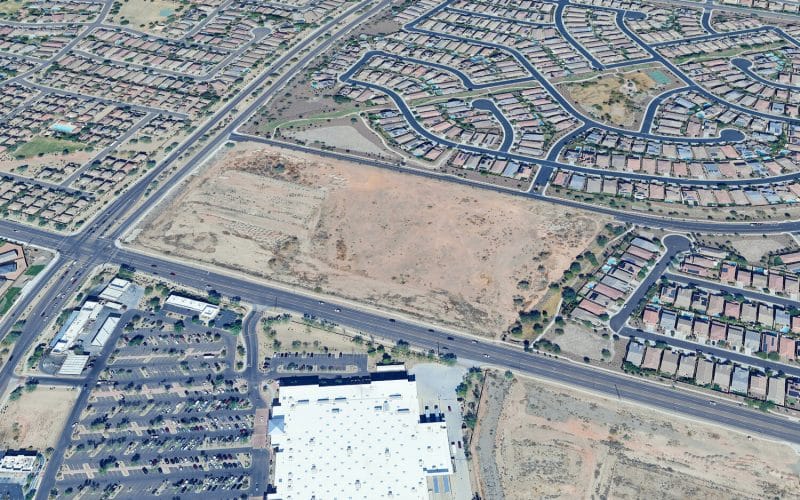
By Robert Dietz | Builder
Economic data will be dismal through the second quarter, but it is possible to look beyond the recession of 2020 and its viral roots and explore possible long-term impacts on housing and the economy.
Housing entered the recession significantly underbuilt. Estimates vary, but based on demographic need and NAHB modeling, the U.S. has a housing deficit of about 1 million residences. Freddie Mac estimates the shortage may total 2.5 million homes. While the causes lie on the supply-side of the market, the demand-side consequences include reduced household formation, declining vacancy rates, increased development of accessory dwelling units, and a rise in the share of young adults living with their parents.
Given this backdrop, the surge in unemployment during the first half of the year, and implications concerning the virus itself, it is reasonable to expect certain long-term changes for housing demand. Here’s an initial list of those changes:







